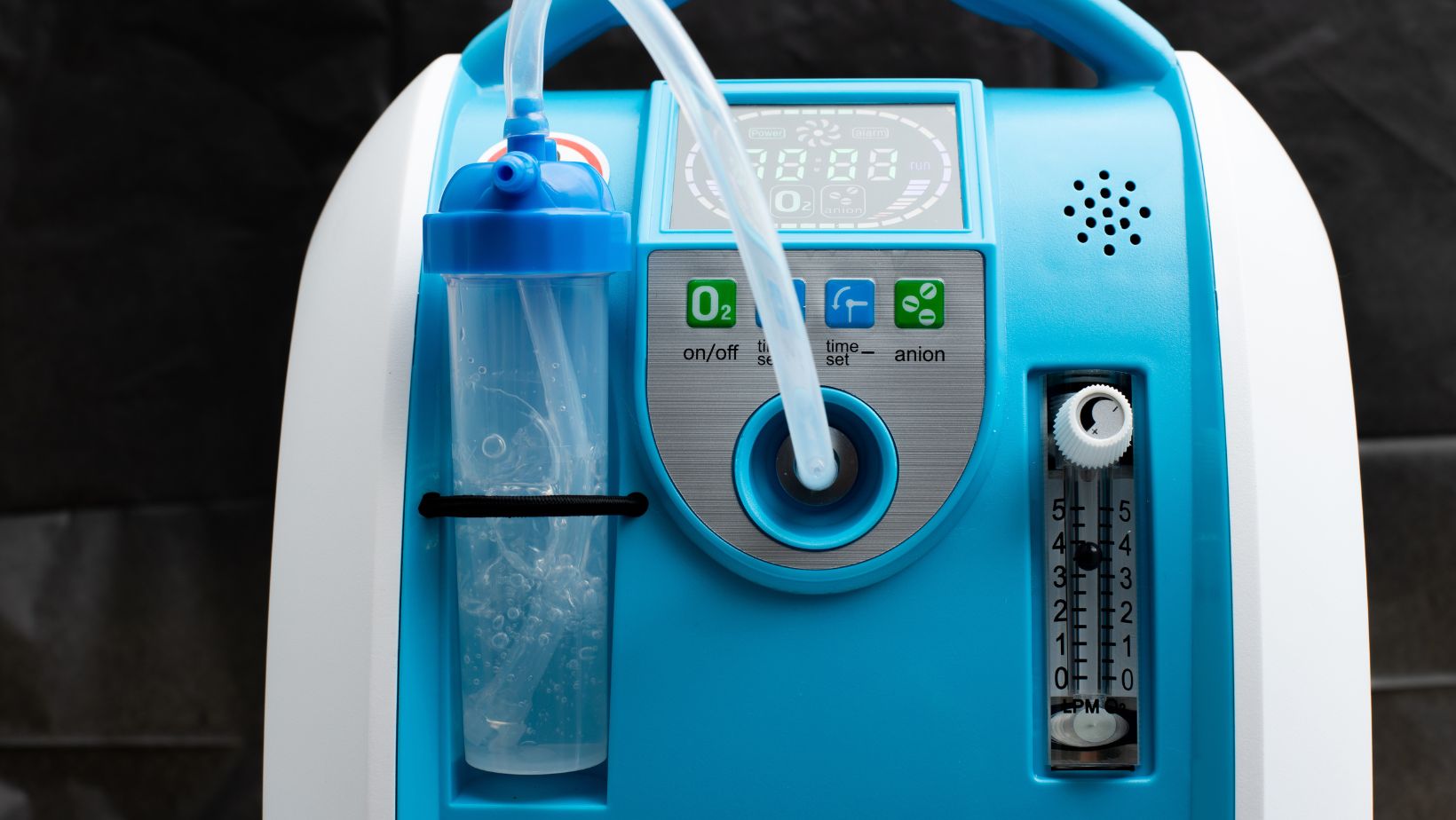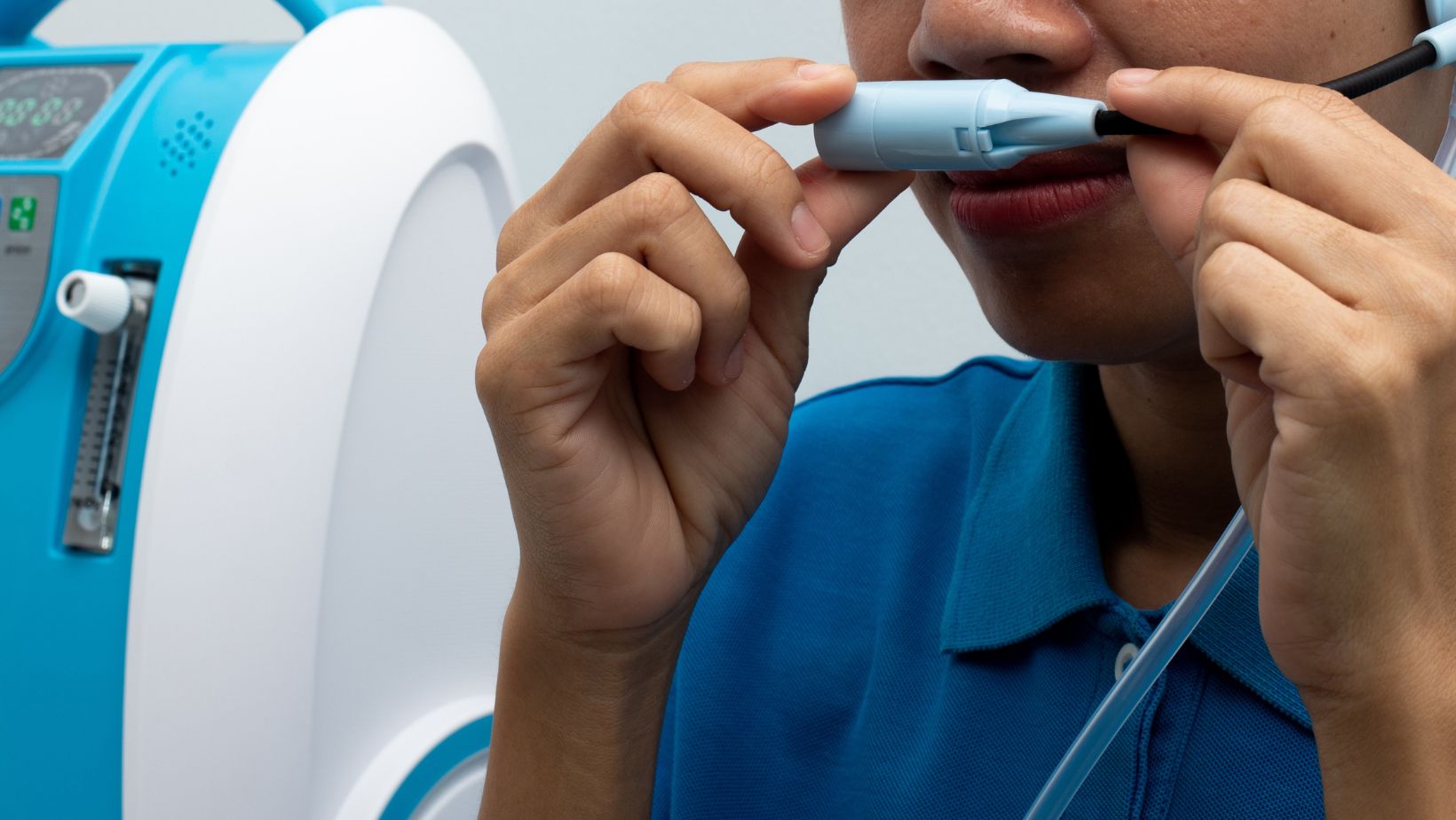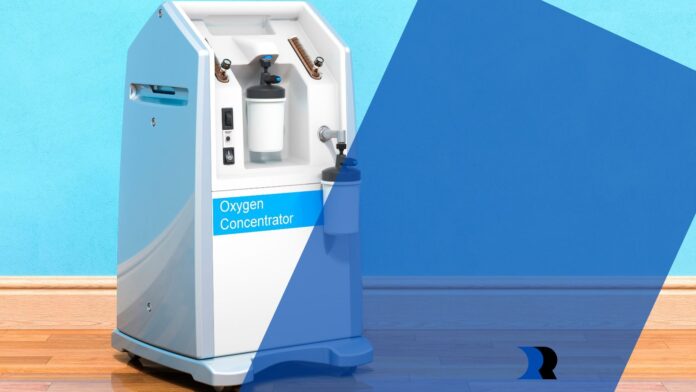Picture this: you’re in your cozy space, trying to relax while your oxygen concentrator does its job. But there’s one problem – it’s making a racket! The hum of the fans, the buzz of vibrations, and even those essential alarms can turn your serene moment into an auditory challenge. If you’ve ever wondered how to tame the noise of your oxygen concentrator and bring back the peace, you’re in the right place.
In this guide, we’ll explore the common culprits behind oxygen concentrator noise, from fans to wear and tear, and share five essential tips to keep things quiet. So, let’s dive in and discover how to create a more peaceful environment while receiving your vital oxygen therapy.
Exploring Oxygen Concentrator Noise
Oxygen concentrators typically make noise through fans, compressors, and vibrations. Beyond being an annoyance, excessive noise can impact users’ overall well-being, making it crucial to find practical solutions to reduce oxygen concentrator noise.
Common Causes Of Noise In Oxygen Concentrators
Fan Noise
Oxygen concentrators use fans to draw in air and separate oxygen, resulting in a normal humming or whirring sound. This noise is part of the machine’s regular operation.
Vibrations
Placing the concentrator on an unstable surface may cause vibrations. It can lead to a buzzing or rattling noise, emphasizing the importance of identifying the machine on a secure platform.
Airflow Restriction
A dirty or blocked filter or inlet can make the concentrator work harder, causing increased noise. Regularly cleaning these parts is crucial to maintaining optimal performance and minimizing noise.
Wear and Tear
Over time, the concentrator may develop creaking or clunking noises due to worn-out or improperly fitted parts. Regular maintenance prevents these problems and ensures the machine lasts longer.
Alarms and Alerts
Oxygen concentrators have loud alarms to keep you safe. These alarms make noise to let you know if something might be wrong. Even though they can be noisy, they’re essential for your safety. They help you notice and fix problems quickly.
Tubing and Connections
If your oxygen machine makes hissing or whistling sounds, it might be because of leaks or loose connections in the tubes. To resolve this issue, ensure you properly fit and secure the connections. Doing this can make your oxygen machine quieter and work better.
Tip 1: Choose a Quiet Oxygen Concentrator
When picking an oxygen concentrator, check how loud it is by looking at the decibel levels. Lower decibels mean it’s quieter. Read what users say about different models, and choose one that gives you enough oxygen without being too noisy.
Tip 2: Optimize Placement for Noise Reduction
Put the concentrator in a good spot. Don’t cram it in a small space. Make sure there’s enough space around it for air to move. Think about how the room sounds – if it’s too echoey, use soft stuff like curtains or carpets to soak up the sound and make it quieter.
Tip 3: Regular Maintenance for Noise Control
Oxygen concentrators, like any tool, require consistent maintenance. Ensuring their good condition involves regular care, such as cleaning and lubricating the moving parts. It’s also crucial to inspect and tighten all connections, and if any component appears worn or malfunctioning, replace it. Properly caring for the machine contributes to its quiet operation and optimal functionality.
Tip 4: Invest in Noise Reduction Accessories
Reduce noise better by adding unique accessories. Use things like noise-canceling air filters, soundproof covers, and anti-vibration pads. These simple extras can cut down on the loudness of the concentrator.
Tip 5: Create a Quiet Environment
To make things easier, focus on making your space quiet when using a concentrator. Manage background noise, make the room soundproof if necessary, and use the concentrator when it fits your daily schedule. These simple steps can help.

How Do You Handle A Loud Oxygen Concentrator After Trying Several Solutions?
Handling a noisy oxygen concentrator after trying various fixes can be frustrating. Here’s a straightforward guide to help you out:
Identify the Issue
Begin by figuring out where the noise is coming from. Determine if it’s a mechanical sound, a humming noise, or something else to understand the problem accurately.
Consult the Manual
Check out the manual that came with your oxygen concentrator. It often has valuable tips for solving problems related to your specific model, offering practical advice for handling common issues daily.
Check for Obstructions
Make sure nothing is blocking the vents or airflow of the concentrator. Simple obstructions sometimes cause unnecessary noise, so a clear path is crucial.
Clean the Filter
Dirt and tiny particles can gather in the filter, increasing the noise. Follow the manual’s instructions to clean or replace the filter regularly, maintaining optimal performance.
Inspect Tubing and Connections
Loose or damaged tubing and connections can contribute to the noise. Confirm that everything is securely attached, preventing any unnecessary vibrations or disruptions.
Positioning Matters
Place the concentrator on a stable, level surface. Please don’t put it on the floor because that can make vibrations louder and more noisy.

Maintenance Schedule
Stick to the schedule the manufacturer recommends to keep things in good shape. Doing regular maintenance helps the concentrator work well and reduces the chances of noise problems.
Professional Help
If the noise continues, get help from the experts. Contact the company’s support or a technician to fix the issue and ensure the machine works well without making too much noise.
Is There a Difference in Noise Levels Between Portable And Stationary Oxygen Concentrators?
If you’re considering whether to go for a portable or stationary oxygen concentrator, noise level can be a significant factor in your decision. Portable oxygen concentrators are usually quieter than their stationary counterparts. The reason is quite simple: portability necessitates a more modest design. Smaller units mean fewer fans and compressors, resulting in reduced noise production. On the other hand, stationary oxygen concentrators, designed for home use, can be larger and thus generate more noise due to their higher oxygen production capacity.
Conclusion
Achieving a quiet environment with your oxygen concentrator is a straightforward process. Please select an appropriate machine, position it in a favorable location, adhere to regular maintenance, incorporate beneficial accessories for noise reduction, and create a serene atmosphere. By taking these easy measures, you can ensure a peaceful and quiet environment when receiving oxygen therapy.


